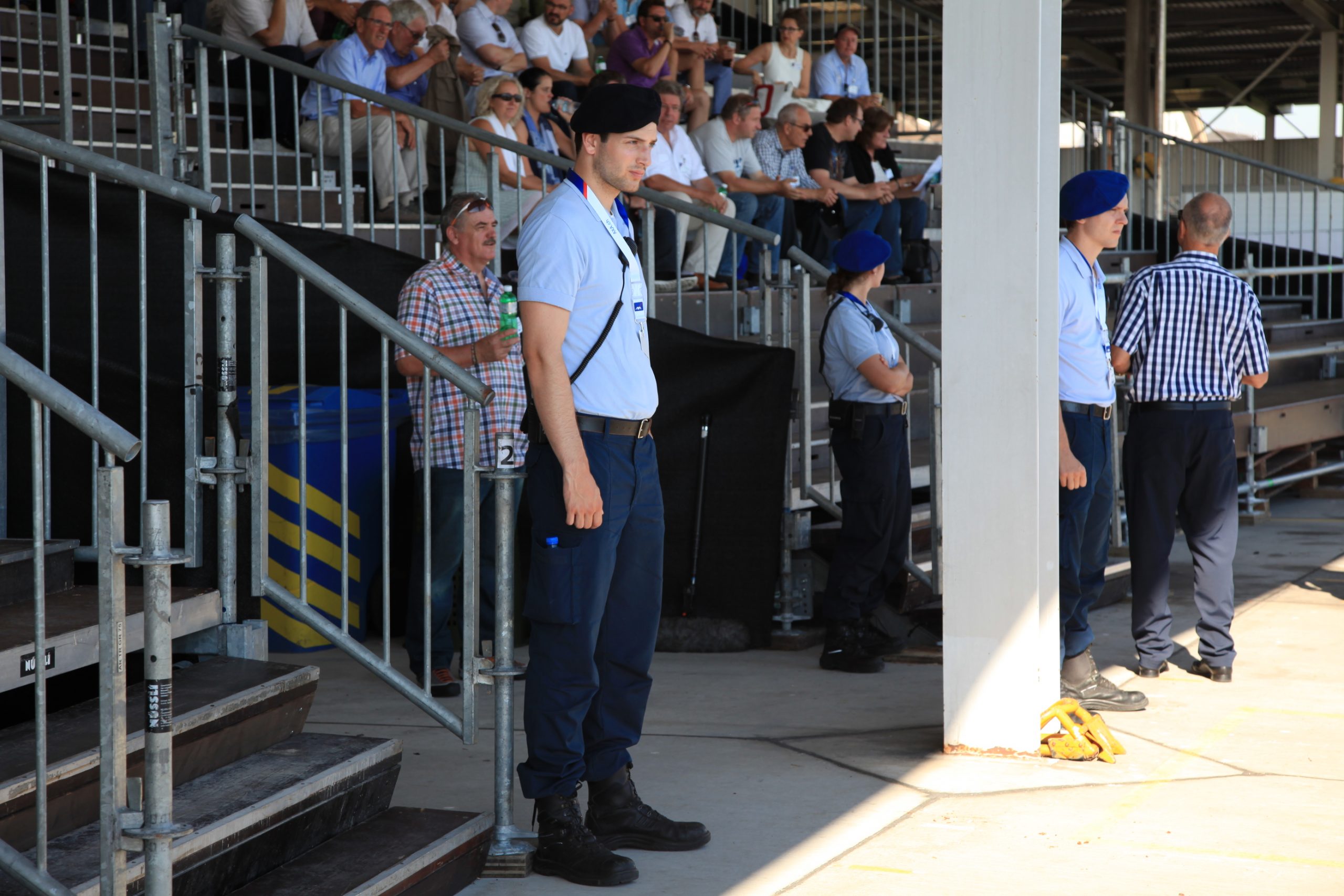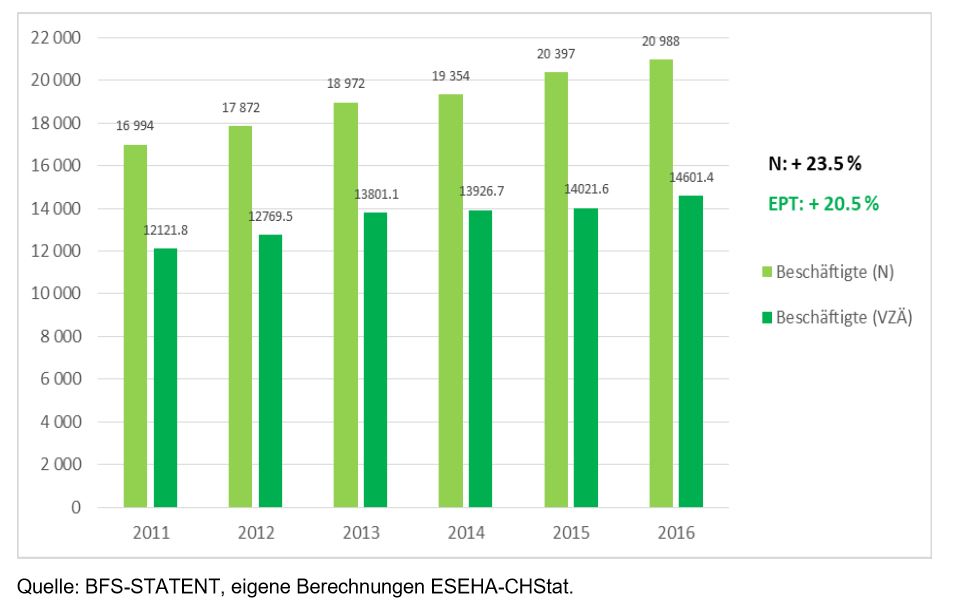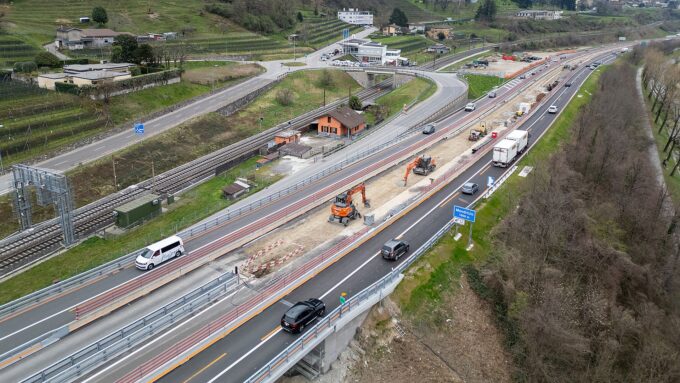Number of security forces has increased sharply
A study by the Swiss Security Association shows the latest development in the numbers of public and private security personnel. According to this study, around 70% of security personnel are employed in the public sector and 30% in the private sector.

There are no global, central statistics on security personnel in Switzerland. The sources are distributed and of varying quality, as the Federal Department of Defense, Civil Protection and Sports (DDPS) announced on Dec. 12. The Security Network Switzerland have therefore given the association ESEHA issued a research mandate. ESEHA specializes in the collection and analysis of statistical data for public authorities.
Ensuring security and order is the responsibility of the state, mainly the cantonal and municipal police forces, but also the Border Guard Corps (GWK) and the Federal Police (Fedpol), the DDPS release continues. In recent years, however, the private sector in Switzerland has also become an indispensable, complementary player in the security sector.
Consolidation of the security forces at all levels
Recent trends (2011 to 2016) show a faster increase in security forces in the private sector (+20.5%) than in the public sector (+8%), he said. At the same time, the army's stocks used in internal security had decreased (-4%). Thus, the total number of security forces (excluding the army) increased more (+11.5%) than the resident population (+5.8%). At the federal level, the Border Guard Corps had grown the most (+17.3%). Between 2011 and 2018, the police forces of the cantons, the municipalities, and the Confederation combined grew by 14.7%, with a higher increase for administrative positions than for police officers in the narrower sense (+11.6%). This general trend can be attributed to population growth, the need for a 24-hour presence in urban areas and the increase in large events.

Higher police density
Due to federalism, the cantons are decentralized to varying degrees depending on their organization. The number of security forces also depends on the geotopographical situation, the available financial resources and the socioeconomic conditions in the canton. For this reason, police density is higher in urban cantons and border cantons, i.e., in descending order, Basel-Stadt, Geneva, Zurich, Ticino, Vaud, Grisons, Schaffhausen and Neuchâtel, but also Uri, which is strongly influenced by traffic on the Gotthard axis, the DDPS concludes.









